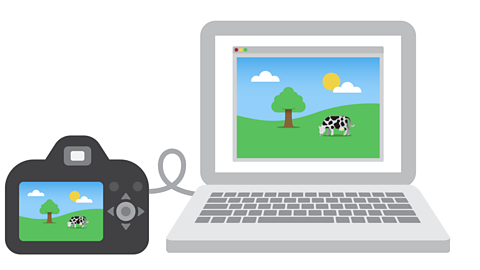The centre of the story
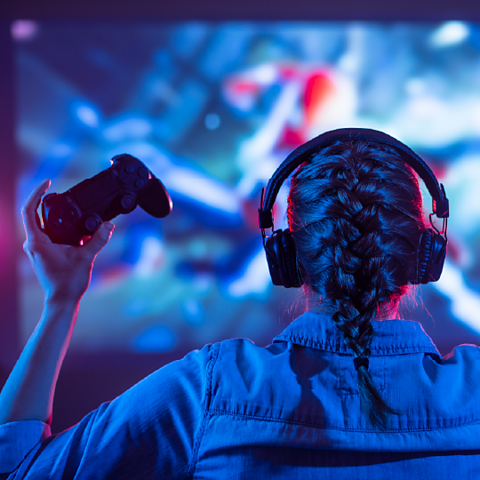
Playing a computer gameAn interactive game with a story plot or puzzles to solve, played on a digital device or computer. can be a bit like being the star of your own film or being the main character in a book.
You get to decide what happens as you play the game, making decisions, solving problems, meeting other characters and travelling to new worlds.
Along the way you might practice new skills, learn useful information and work together as part of a team. Playing computer games is a lot of fun!

What do all great games have in common?
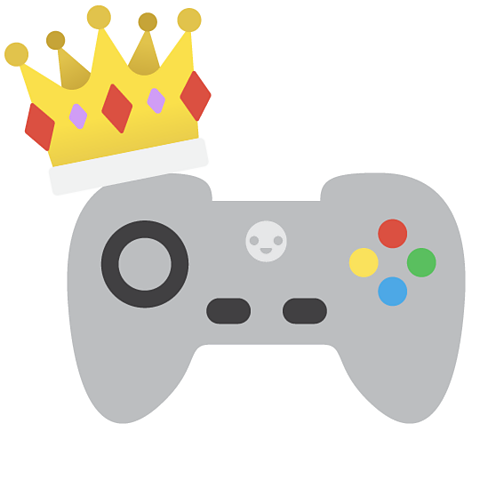
There are many different types of computer games ranging from simple puzzles to complicated world building adventures with hundreds of characters.
You wouldn't think that a simple puzzle game matching blocks would have anything in common with the latest space alien battle game but there are some key things that all games need to be great.
Let's find out!

What is gameplay?
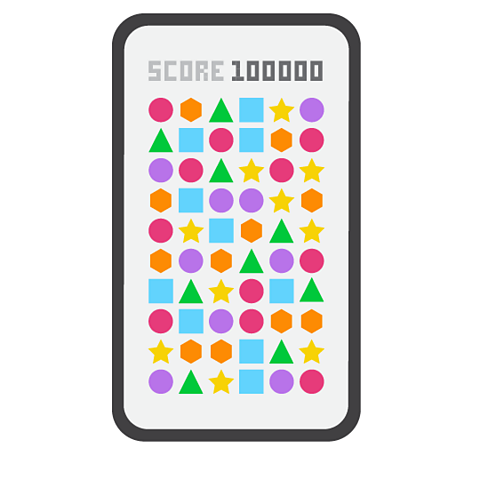
Whatever the type of game, there will be a story or problem to solve. The player needs to know what the story is to solve the problem. The problem might be simple - fit the shapes together - but very hard to do if the shapes are all moving very fast and explode when they reach the bottom.
A great game will have challenging gameplayThe way a computer game is played, including the plot and player interaction. that is just hard enough to be interesting but not so hard that it is frustrating.

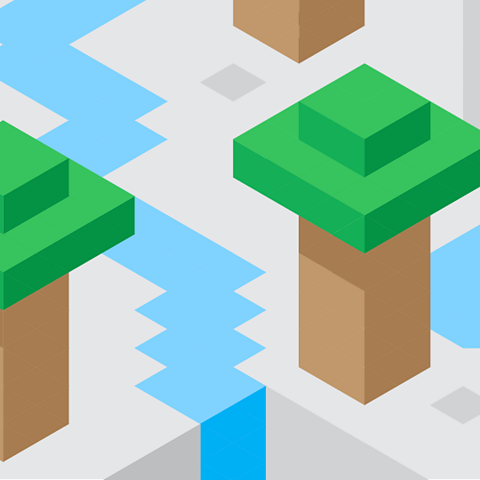
We might need to:
- match three jewels of the same colour
- fight a dragon
- collect space rocks
- avoid being killed by lava
- build our own town
- land a helicopter safely
- manage a football team
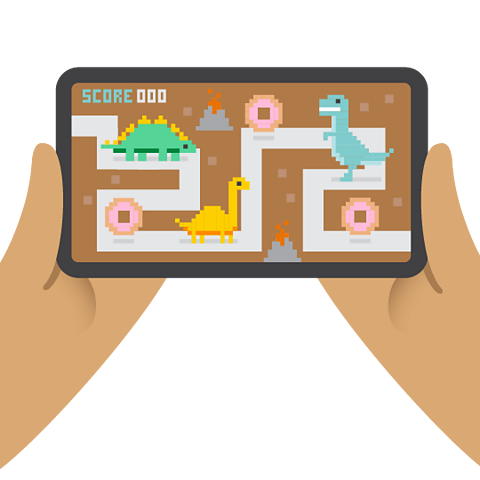
Players might move through the story and solve the problems using a keyboard or a game controller or by tapping on a touch screen.
The story and the way the players interact with it is part of the gameplay.

The setting and the location
Computer games all happen somewhere. The game might take place in a maze or on a sports pitch or in an alien galaxy or on a simple phone screen.
The location and setting usually match the story - for example a shark is usually swimming in the ocean, but sometimes the best games switch things around and put the shark on the moon!
Does anyone want to play Sharks in Space?
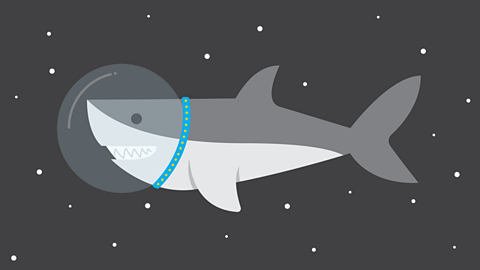

The design of the game setting is a very important aspect of the game. This includes the artwork, visual effects, sound effects and music.
digital artistAn artist or designer that works with digital tools to create digital artworks and music. including graphic designers and composers produce incredible digital art and music that can make a good game great.
You can tell it's probably great when you end up humming that tune even when you're not playing the game!

Heroes and villains

Great computer games need to have great characters. They don't have to be people or even be alive but they have to be memorable and fun to spend time with.
A game might have a main character that the player controls or lots of different characters that interact together. The main characters might be simple shapes, puzzle pieces, human or monsters.
A character might just be a block that falls down the screen but it can have personality too!

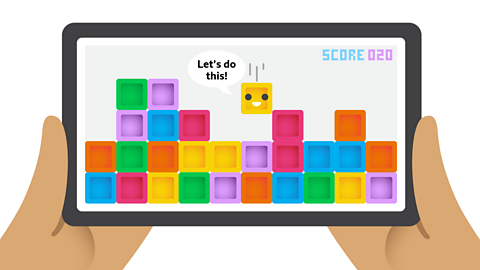
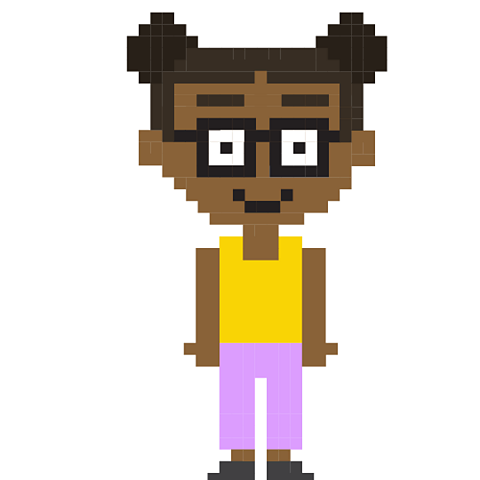
Character design is an important part of creating a computer game and computer artist and designers will spend a lot of time getting the character's appearance and behaviour just right for the game.
Some computer games use actors and voice artists to create the character's voice even if it is just a squeak!

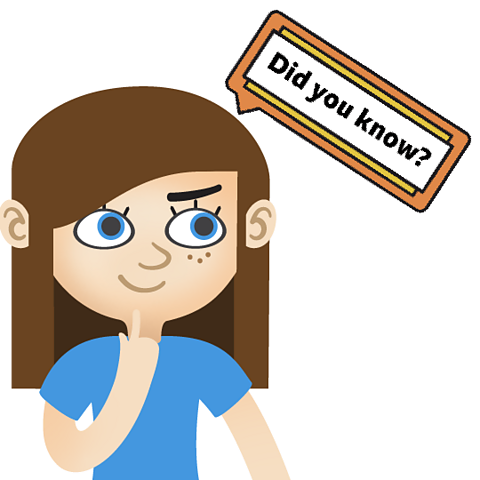
Did you know?
One of the first computer game characters wasn't a human or an animal.
Toru Iwatani was inspired to create Pac-Man by a pizza! He designed the main character, Pac-Man, based on a pizza with a slice missing.
What makes you keep on playing?
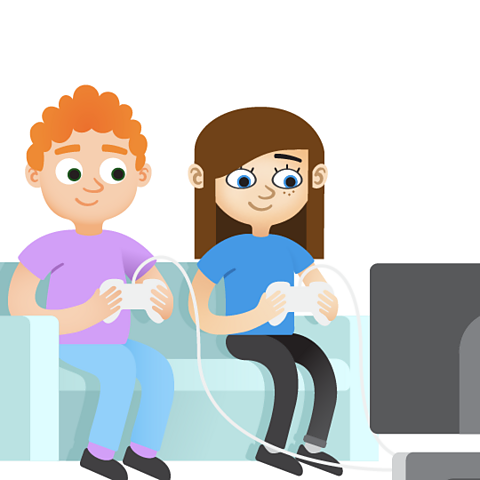
When we play a computer game, we can talk about how playable it is.
playabilityA measure of how good or bad the experience of playing a computer game is. is a way of measuring how good a game is to actually play. A very playable game will have players coming back to play again and again.
Computer games designers have a big box of tricks to improve playability and keep players interested during a game.
They will often increase a game's difficulty and introduce new game mechanicsHow elements of a game move, react and interact during gameplay. to keep the player interested.
Game mechanics include things like points and levels as well as the way objects move, the actions characters can make and what happens if you hit another object in the game.
Challenge and difficulty
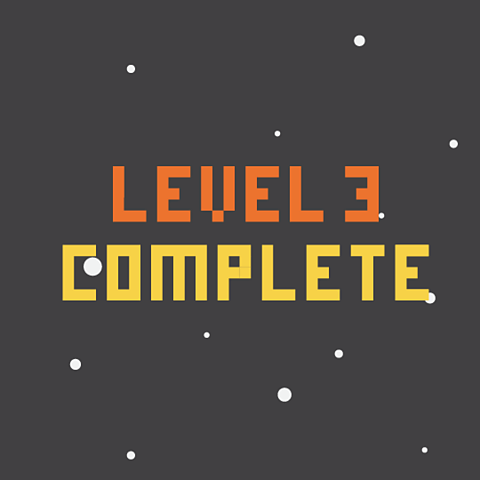
The difficulty levels in a game will normally change as you get further into it. Enemies might become harder to defeat or the speed of the game might increase.
New mechanics can be introduced as the game progresses. This could be adding new powers or skills, like a super jump or to open locked doors.
Updated game mechanics might be introduced in a game sequel to stop it becoming boring.

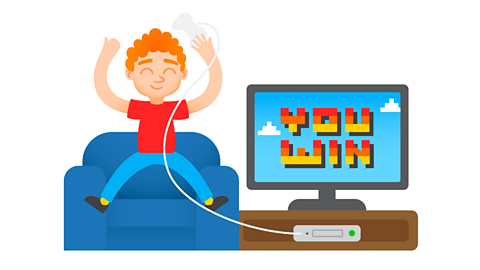
Designing your own games
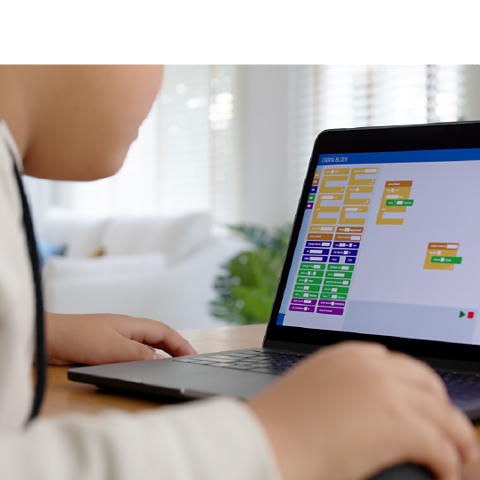
Once you have learned some basic coding and programming you can think about designing and making your own computer game.
There are lots of different apps and programs available that allow you to create your own characters, settings and stories so that you can build an exciting game with great playability.
With a trusted adult, have a look for free online tutorials that will help you get started.
Just remember what it takes to make a good game great!

Activities
Computing - Dance Mat Typing. gameComputing - Dance Mat Typing
Build and test your computing skills with different levels of touch type challenges

More on Information technology
Find out more by working through a topic
- count1 of 17
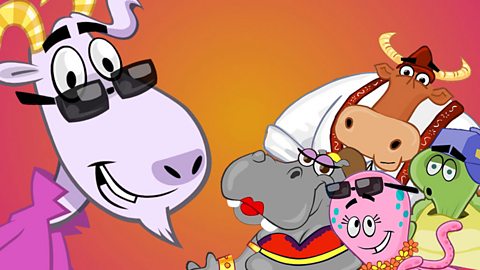
- count2 of 17

- count3 of 17

- count4 of 17
